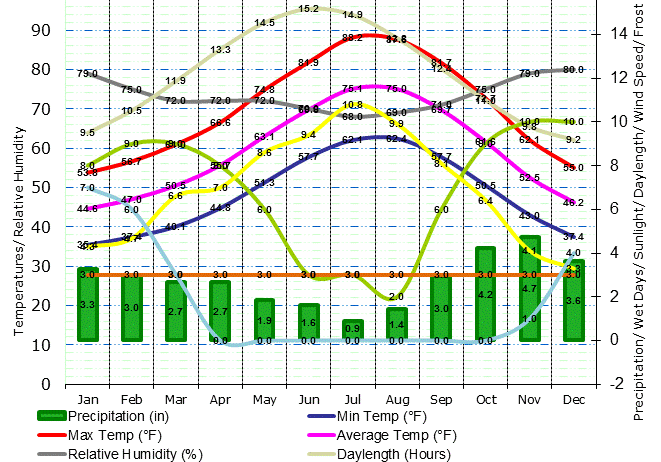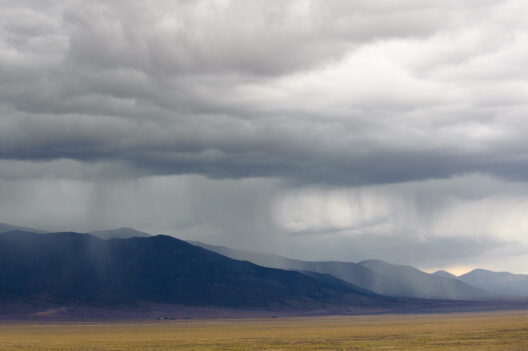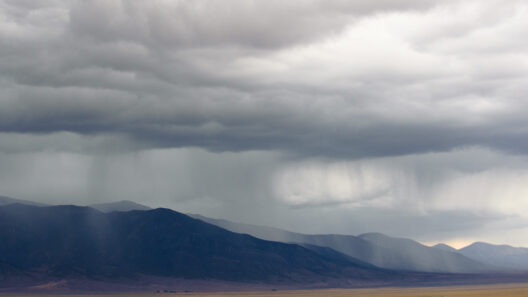Rome, Italy, often epitomized by its ancient ruins standing against a backdrop of modernity, offers a climate that mirrors its juxtaposition of history and contemporary existence. Nestled within the Mediterranean basin, Rome experiences a Mediterranean climate characterized primarily by warm, dry summers and mild, damp winters. As one wanders through the city, it becomes evident that the weather not only influences daily life but is also ingrained in the very fabric of Roman culture and architecture. This climatic backdrop enhances the allure of the Eternal City, prompting visitors and locals alike to appreciate its unique environment.
The summer months in Rome, particularly from June to August, are dominated by warm weather. Temperatures can soar upwards of 90°F (32°C), with many days homaging a relentless sun that casts a golden hue upon the city’s ornate facades. The heat, at times stifling, encourages both residents and tourists to seek refuge under the shade of historic arches or in bustling piazzas where the laughter of children mingles with the clinking of glasses. The lack of rain during these months emphasizes the vibrant city life that thrives amidst the warmth. Cafés fill their terraces as people enjoy gelato, the quintessential Italian treat, with its cool, refreshing nature standing in stark contrast to the sweltering heat.
Yet, as evening descends, a transformation occurs. The sun dips below the horizon, and a cool breeze often sweeps through the narrow streets of the Trastevere district, providing a welcome reprieve from the daytime warmth. The juxtaposition of warm days and cool evenings not only fosters a unique atmosphere but also plays a role in creating a lifestyle rhythm that the Romans have perfected over centuries. This shift can be attributed to the city’s geographical location and its urban structure. The hills that envelop the city allow cool winds to flow, gently alleviating the day’s heat as the sun sets.
Fall ushers in a period of transition characterized by a gradation of both temperature and color. September and October are often cited as the most temperate months, with averages ranging between 70°F (21°C) and 80°F (27°C). During this time, you can witness a delightful transformation in the landscape as the lush greenery begins to shift into hues of amber and crimson. The warm days and crisp evenings create an enchanting atmosphere perfect for exploring the city’s gardens, like the historical Orto Botanico. From winding paths amidst blooming flora, one can reflect on how climate and botanical diversity intertwine, paralleling the city’s rich cultural heritage.
Winter, from December through February, provides yet another layer of complexity to Rome’s climate, showcasing mild temperatures that seldom drop below the 40°F (4°C) mark. The days are noticeably shorter, with low sun illuminating the cobblestone streets in golden tones and casting long shadows of the towering ruins. While snowfall is quite rare, the city does experience periods of rain, making the air fragrant and revitalizing after a downpour. The cooler weather invites locals to gather indoors, sharing hearty meals that speak to centuries of culinary tradition. This social gathering, synonymous with winter, embodies the true Italian spirit of community.
One might ponder the impact of climate on conversation and lifestyle. Romans have adapted their customs, celebrations, and even their cuisine to align with their environment. During summer, lighter fare like insalata caprese becomes a staple, while winter months call for rich stews and warm, indulgent pastas. Festivals like the Roman Carnival, characterized by vibrant parades and masked revelers, align with the seasonal shifts, showcasing how nature informs cultural manifestation. The climate serves as a backdrop for story-telling, folklore, and local traditions, shaping an eternal dialogue between history and illustrative experience.
Moreover, the effects of climate change loom over the city’s future, necessitating proactive discussions regarding sustainability. The preservation of historical sites against the encroachment of heat and rain is paramount. As warmer summers and irregular precipitation patterns become more commonplace, the need for adaptive measures grows. Authorities and citizens alike are engaging in dialogues about sustainable urban planning that balances growth with the preservation of Rome’s rich heritage. Proposals for green spaces, sustainable public transportation, and conservation efforts are propelled by an understanding that the climate, while a muse, also requires collective responsibility to safeguard it for future generations.
In conclusion, the climate in Rome is intricately woven into the city’s identity, shaping everything from architectural decisions to culinary trends. The warm summers and cool evenings are more than mere meteorological observations; they lay the groundwork for a lifestyle steeped in history and communal interactions. As visitors stroll through the ancient ruins under the warm sun or dine al fresco while feeling the evening breeze against their skin, they become part of a larger narrative intertwined with the climate itself. The legacies of Rome, both human-made and natural, beckon one to ponder the implications of a changing environment, reminding us that there is a deeper fascination with climate and culture inherent in every stone, shadow, and sunset.








